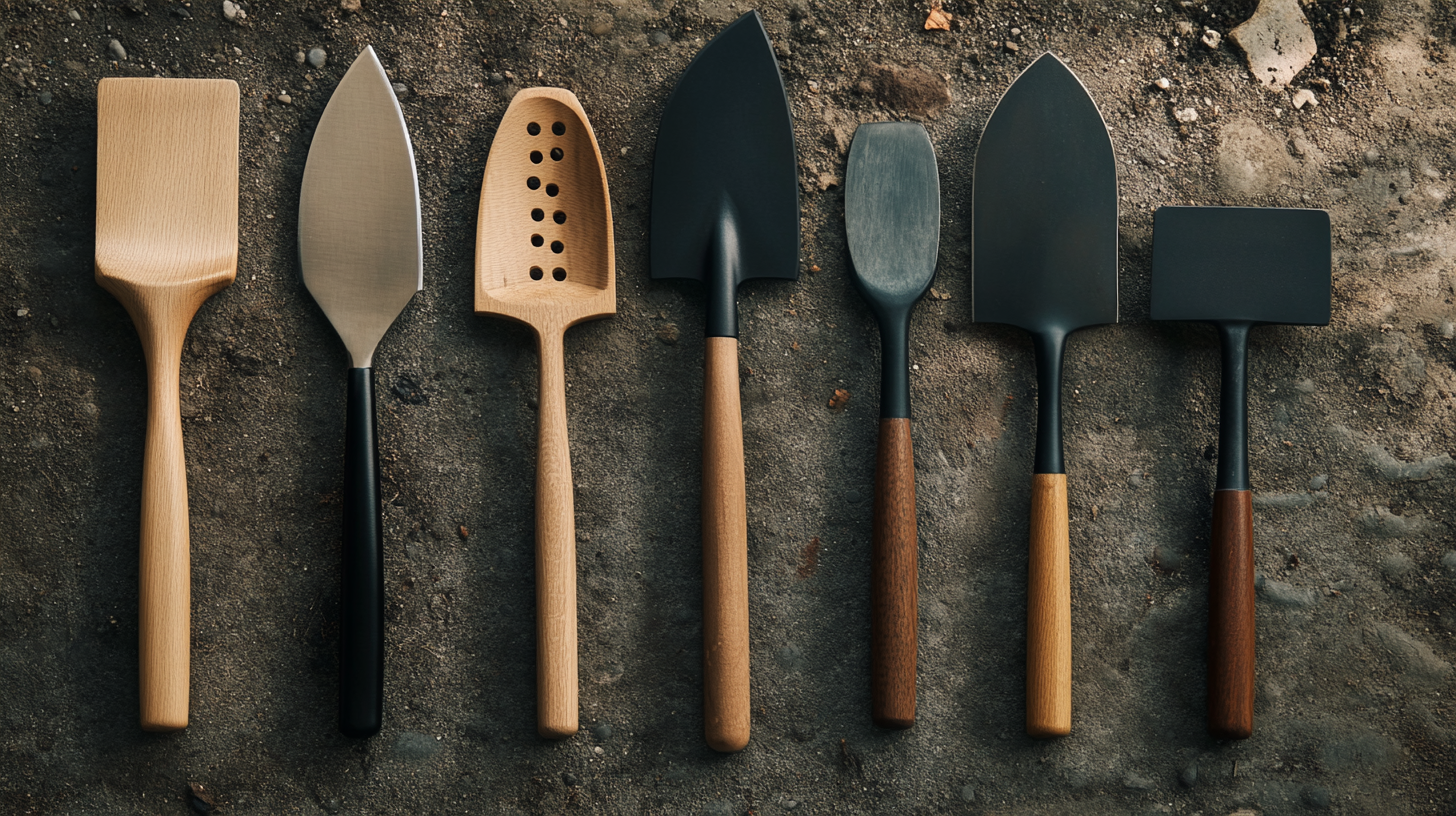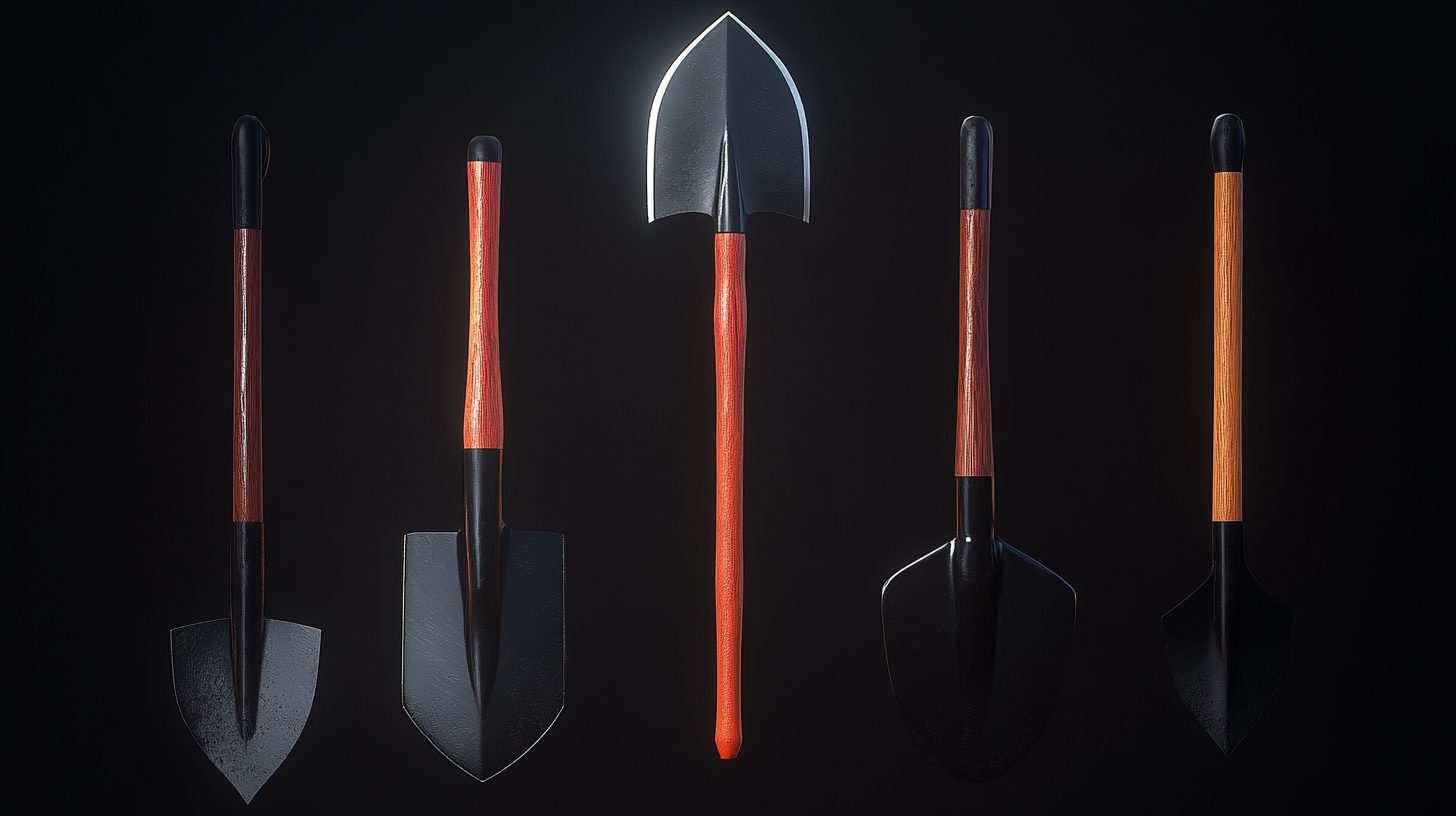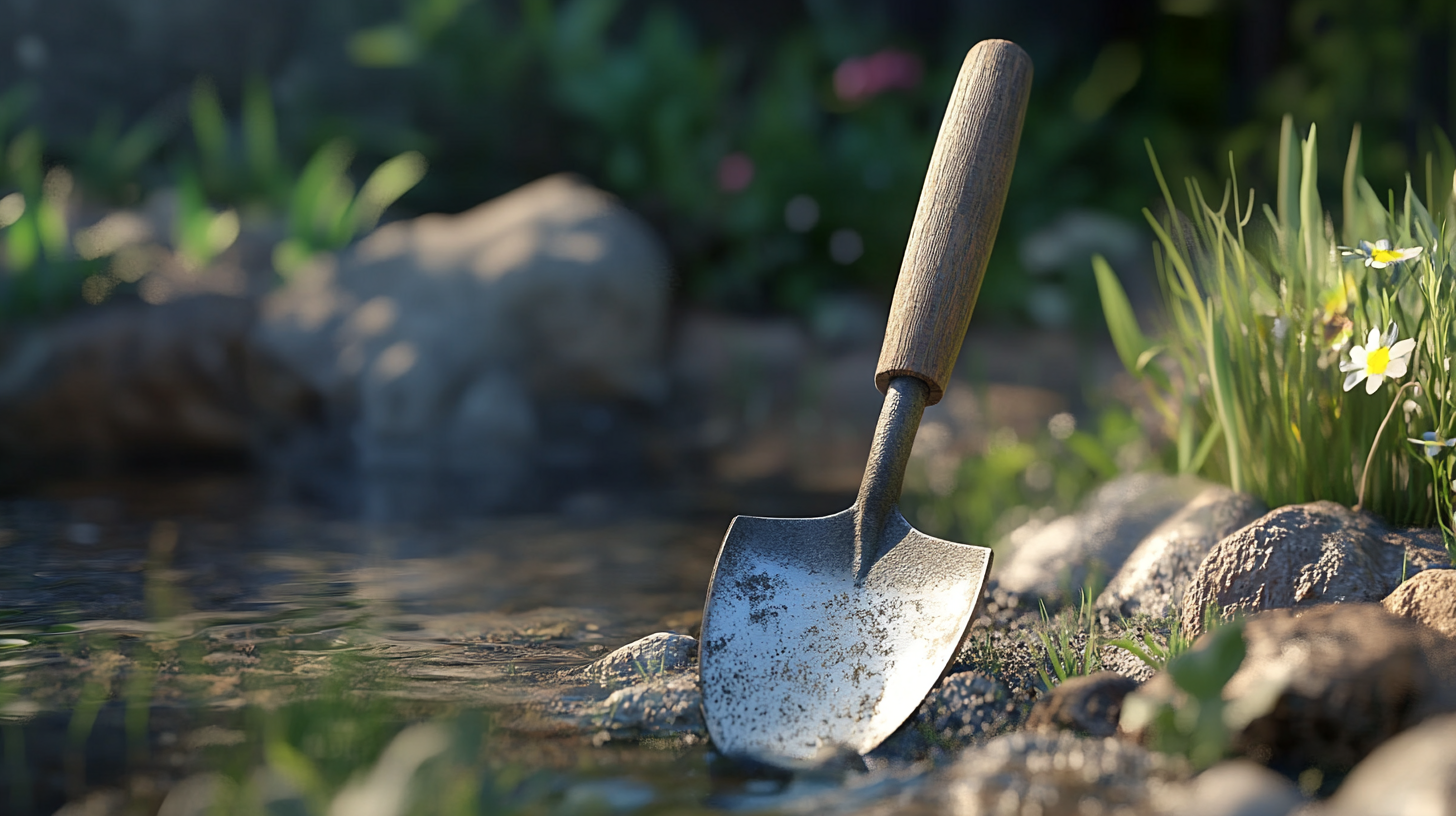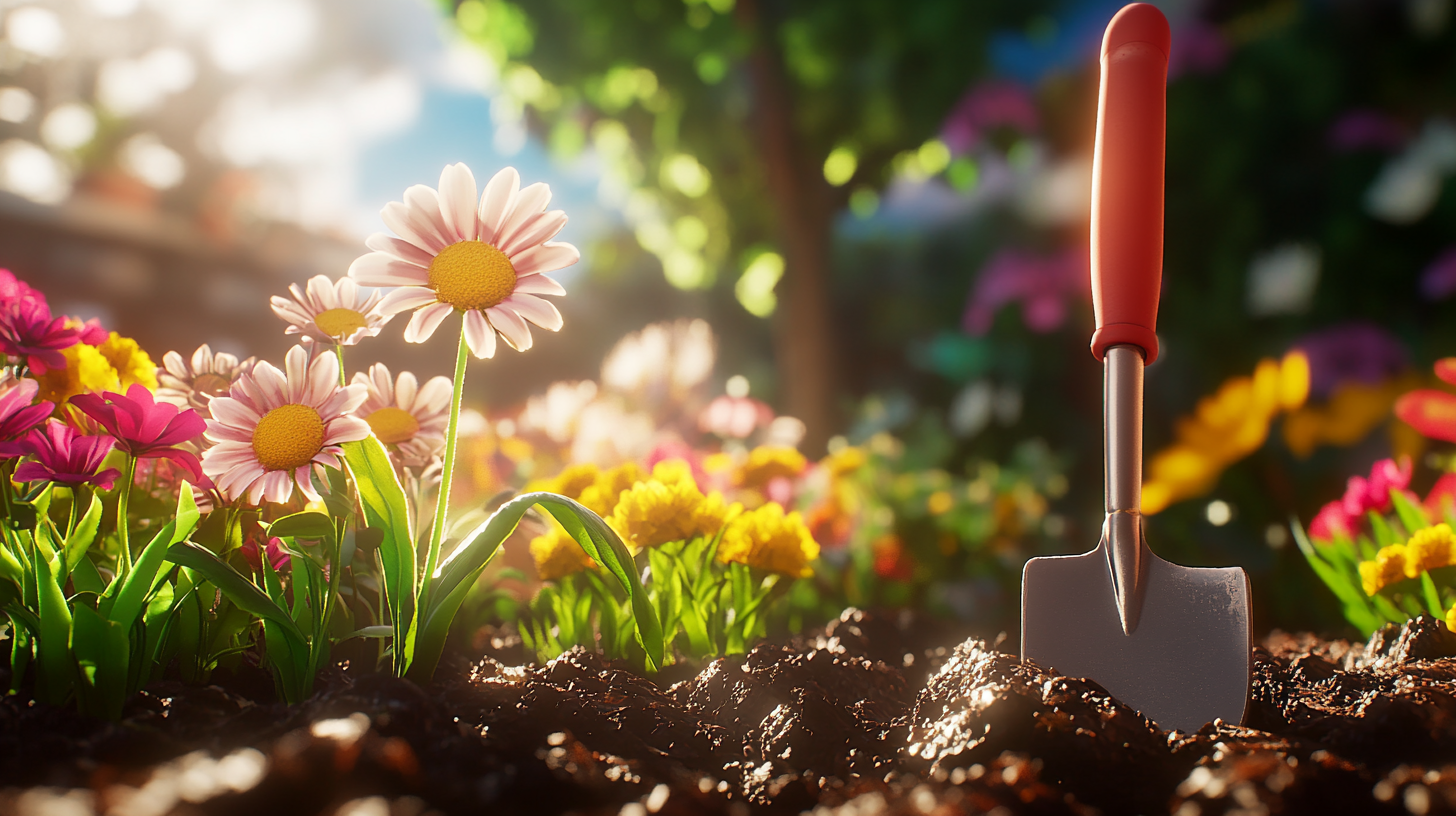Blog
Choosing the Right Garden Spade for Your Needs A Data Driven Analysis
When it comes to gardening, having the right tools can significantly impact your efficiency and enjoyment. Among these essential tools, garden spades hold a prominent place, serving as versatile implements for digging, planting, and transferring soil. However, with a myriad of options available on the market, selecting a garden spade tailored to your specific needs can be overwhelming. This blog aims to provide a data-driven analysis to help you navigate through the various features and functions of garden spades, ensuring you make an informed choice.
In this exploration, we will break down the different types of garden spades, their materials, and ergonomics, while considering factors such as size, weight, and intended use. By incorporating user feedback and expert recommendations, we aim to uncover the best garden spade options that cater to both novice gardeners and seasoned horticulturalists alike. By the end of this guide, you will have a clearer understanding of what to look for when selecting garden spades, enabling you to enhance your gardening experience.

Understanding Different Types of Garden Spades and Their Uses
When it comes to gardening, having the right tools can make all the difference, and choosing the right garden spade is no exception. There are several types of garden spades, each designed to meet specific needs based on the tasks at hand. Understanding the differences among these spades can help you make an informed decision. The traditional digging spade is a versatile option for tasks such as breaking ground and turning soil. Its sharp, flat blade allows for easy penetration into tough earth, making it ideal for initial soil preparation. On the other hand, a border spade features a narrower blade, which is perfect for working in tighter spaces or for edging beds. This type of spade is particularly useful for maintaining flower borders and planting in crowded environments. Another type to consider is the planting spade, designed with a pointed blade that makes it easier to create deep holes for bulbs or larger plants. Its design minimizes soil disturbance, making it particularly beneficial for delicate root systems. Conversely, the garden spade with a rounded blade is excellent for scooping soil or mixing compost, as it can hold a larger volume compared to its flat counterpart. By understanding these different types of garden spades and their specific uses, gardeners can select the tool that best fits their needs, ensuring more efficient and enjoyable gardening experiences.

Key Features to Consider When Selecting a Garden Spade
When selecting a garden spade, the key features to consider include durability, design, and the type of handle, all of which significantly impact your gardening experience. A well-constructed spade should be made from high-quality materials like stainless steel, which resists rust and maintains sharpness. Look for a spade with a solid, welded blade rather than one that is merely stamped, as this ensures it can withstand the rigors of digging through tough soil and roots.
The design of the spade also plays a crucial role. Ergonomic designs are increasingly popular, often featuring a curved handle that allows for comfortable gripping and reduces strain on your wrists and back. A properly sized spade should feel balanced in your hands, enabling you to dig and lift with ease. Additionally, consider the width and shape of the blade; a narrower blade can help you navigate tight spaces, while a broader one may expedite larger planting tasks.
Lastly, the handle material should not be overlooked. Wooden handles provide a classic feel, but they may require more maintenance to prevent splintering. On the other hand, fiberglass and metal handles offer increased durability and are less likely to break. Regardless of your personal preferences, understanding these key features helps ensure you select a garden spade that meets your specific gardening needs and enhances your overall efficiency in the garden.

Comparing Materials: Steel vs. Aluminum Garden Spades
When choosing a garden spade, one of the most critical decisions lies in selecting the right material. The two most popular options are steel and aluminum, each offering distinct benefits tailored to specific gardening needs. Understanding their characteristics can significantly influence your gardening efficiency and experience.
Steel spades are renowned for their durability and strength. They can handle tough soil conditions and withstand heavy use over time, making them an ideal choice for those who tackle demanding gardening tasks. The sharp edge of a steel spade also allows for easier digging, especially in compacted soil. However, it’s important to note that they can be heavier than their aluminum counterparts, which might lead to fatigue during prolonged use. Additionally, steel spades may require maintenance to prevent rust, particularly if used in wet conditions.
On the other hand, aluminum spades are lighter and often easier to handle, making them suitable for gardeners seeking a tool that minimizes strain. They are also resistant to rust, which can save time on maintenance. However, aluminum spades might not have the same cutting power as steel models, especially in dense soils. This can be a drawback for gardeners who deal with tough terrains regularly. Ultimately, the choice between steel and aluminum garden spades will depend on individual gardening preferences, workload, and the specific challenges faced in the garden.

Analyzing Ergonomics: How Handle Design Affects Usage
When selecting a garden spade, one crucial aspect that often gets overlooked is the ergonomics of the handle design. The way a handle is shaped, its length, and material can significantly affect the user's comfort and efficiency during gardening tasks. An ergonomic handle can decrease strain on the hands, wrists, and forearms, which is particularly important for those who spend extended periods tending to their gardens.
Research indicates that handle displacement and grip force play vital roles in determining how effectively a tool can be used. For instance, a handle that conforms to the natural grip of the hand allows for a more secure hold and reduces fatigue. Furthermore, the height of the handle relative to the user’s stature can influence posture during use. A well-designed spade should facilitate a comfortable standing position, minimizing the need for excessive bending or awkward angles that could lead to discomfort.
Understanding the kinematics of hand movement while using gardening tools can also lead to better design choices. Electromyography (EMG) data can be valuable in assessing muscle activation during various gardening tasks, guiding manufacturers in creating spades that enhance user experience. Overall, the right handle design can not only improve the functional performance of a garden spade but also promote healthier gardening practices by reducing physical strain on the user.
Budgeting for Quality: Finding the Best Garden Spade for Your Investment
When it comes to selecting a garden spade, budgeting for quality can significantly impact performance and longevity. According to the National Gardening Association, approximately 75% of gardeners prioritize tool quality over initial cost, recognizing that investing in durable tools ultimately saves money in the long run. A well-constructed garden spade, typically made from high-grade stainless steel or carbon steel, often costs between $30 to $70, but many experts assert that these higher-end tools can outperform cheaper alternatives and last for decades.
The importance of spending wisely is highlighted in a report by Gardening Research, which indicates that tools from reputable brands tend to deliver better user satisfaction, with 85% of gardeners reporting they are more efficient in their tasks with high-quality spades. Additionally, a robust spade can reduce the risk of hand fatigue, as ergonomic designs prevent strain during prolonged use. By ensuring that your choice fits both your gardening style and budget, you can maximize your investment. Spending slightly more upfront often means fewer replacements and repairs, making it a worthy consideration for both amateur and professional gardeners alike.

